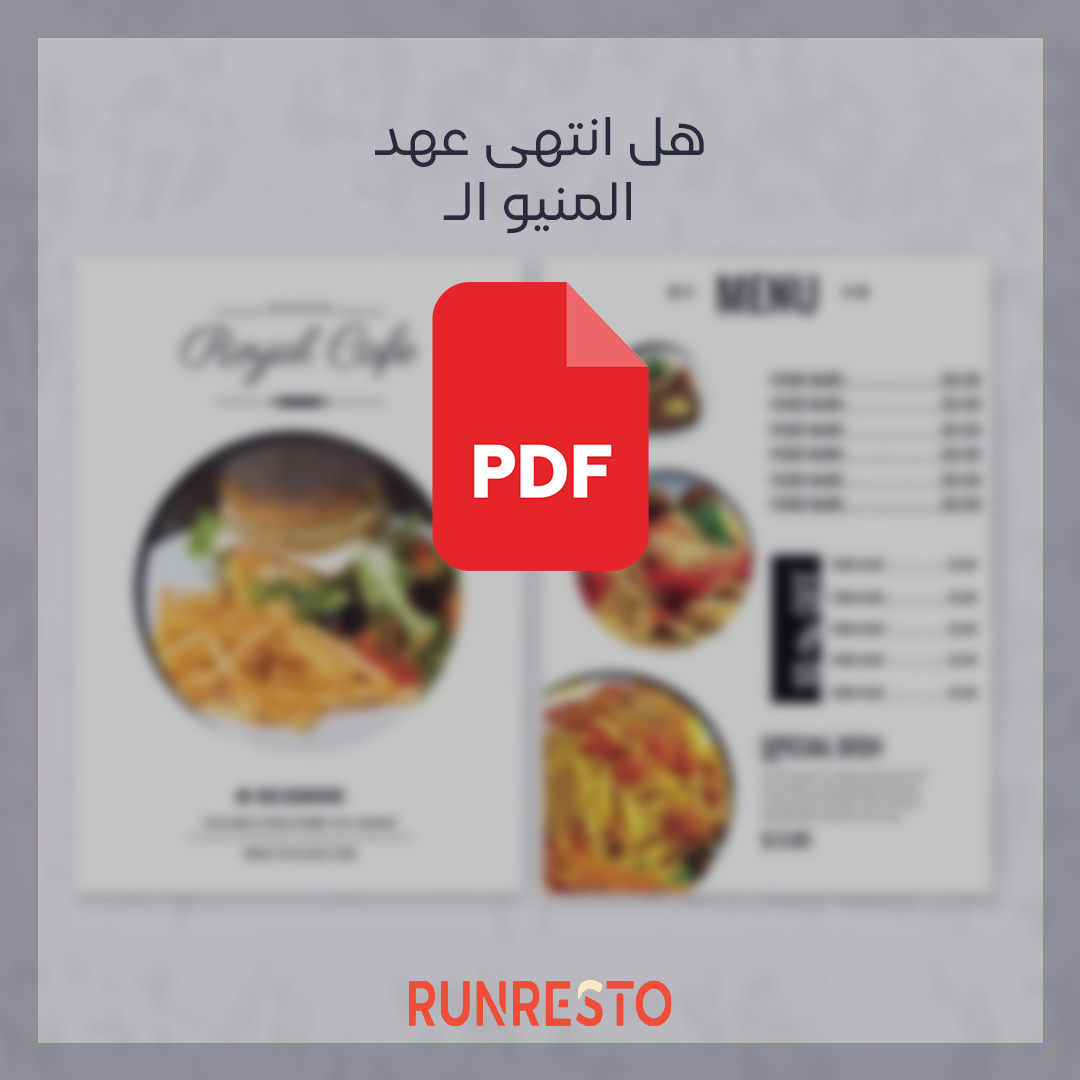The restaurant industry has witnessed major transformations in recent decades, with technology being embraced in innovative ways to improve customer experience and operational efficiency. One such notable shift is the move from paper menus and digital documents in PDF format to interactive menus using quick response (QR) codes. This shift is part of the broader trend towards digitalization in various aspects of daily life.
Start Shift: PDF menus
At the beginning of the 21st century, restaurants began to rely on technology to improve their services. The first step involved replacing paper menus with PDF menus that customers could download to their mobile devices. The move provided some benefits, such as reducing the need for printing and updating menus faster when prices or dishes changed. However, PDF menus faced some limitations, including a lack of interactivity and difficulty navigating compared to traditional paper menus.
Quantum Leap: QR Menus
QR codes have emerged as an ideal solution to improve the experience of using digital menus. QR codes are a simple and quick way for customers to access digital menus by scanning the code with their smartphone camera. This technology enhances several aspects of the customer experience:
Easy access and updating: Restaurants can update menus instantly without having to reprint or modify files. This means that customers always get the latest information about dishes and prices.
Interactivity and personalization: QR code-based menus make it possible to include interactive elements such as photos and videos, enhancing the customer experience and giving them a better understanding of the dishes on offer. Menus can also be customized based on customers’ previous preferences or dietary restrictions.
Reducing physical contact: In light of the COVID-19 pandemic, the need to reduce physical contact has become essential. QR codes effectively meet this need, as customers do not have to touch paper menus that may be contaminated, which contributes to promoting general hygiene.
Analysis and data: Digital menus allow restaurants to collect data about customers’ preferences and behaviors, which helps improve offerings and deliver a more personalized experience. Restaurants can analyze data to see which dishes are the most popular and determine the busiest times.
Challenges and the future
Despite the great benefits of using QR menus, there are some challenges to consider. Some customers, especially those who are older or not tech-savvy, may have difficulty using QR codes. Therefore, it is necessary to provide alternatives or assistance when needed. Restaurants must also ensure data security and protect customers’ privacy when using digital solutions.
Looking to the future, it seems that the trend towards using technology to improve the customer experience in restaurants will continue to grow. We may see new developments such as integration with electronic payment systems, the addition of features such as automated table ordering, and personalization of the experience based on artificial intelligence.
The shift from PDF menus to QR menus represents an important step in the digitization journey in the restaurant world. By improving efficiency and enhancing the customer experience, this technology helps meet rising customer expectations and provide more personalized and interactive services. While it faces some challenges, its significant benefits make it an attractive option for restaurants seeking to stand out in a growing and ever-changing market.

